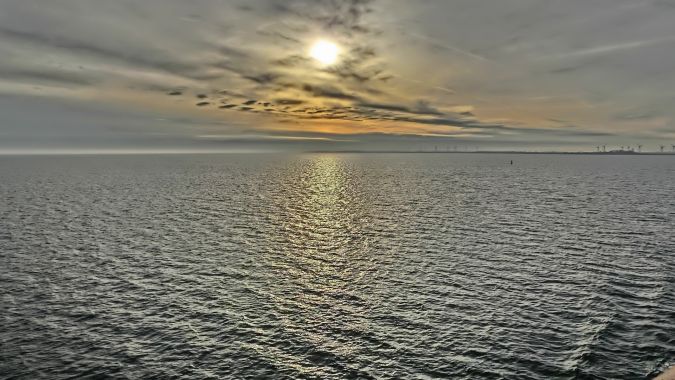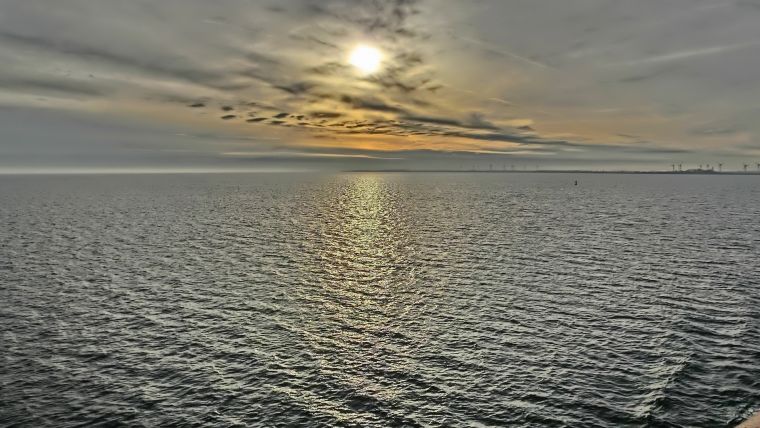Danish Geodata Agency trials next-gen Baltic Sea charts
The Danish Geodata Agency, alongside several collaborators, is currently conducting trials on the latest iteration of navigational charts in the Baltic Sea region. This initiative forms part of an EU-funded project aimed at advancing navigational technologies.
Some may reminisce about the time when people had to purchase updated maps for their GPS devices every time they crossed national borders. They would acquire a CD-ROM containing the latest map, which could be transferred to their car GPS using a cable. Undoubtedly, travel has significantly eased with the advent of Google Maps or comparable smartphone applications, which furnish real-time traffic updates, pinpointing congestion or alternative routes and estimating the expected time of arrival.
The shipping industry is now facing a similar paradigm shift with the implementation of the new S-100 standard for digital navigational charts. The development of the new generation of digital navigational charts is the focus of a new EU project in the Baltic Sea, funded by the Interreg Baltic Sea Region, one of the EU’s regional development schemes. The project, entitled Baltic Sea e-Nav, began in November last year and will run until 2026. The Danish Geodata Agency is a partner in the project, alongside other hydrographic organizations in the Baltic Sea region, and the project is being led by the agency’s Swedish sister organization Sjöfartsverket.
Optimal test environment
During the project, the Danish Geodata Agency will primarily focus on testing and refining the production of next-generation electronic navigational charts, also referred to as ENC (S-101), and depth information (S-102). The Baltic Sea emerges as a natural choice for implementing the project, given the substantial shipping activity in the region. In Denmark alone, there are over 60,000 passages of commercial shipping traffic annually.
“It is important for us to be able to collaborate with our sister organizations in the Baltic Sea region so that we can continue to jointly synchronize data and work on developing the S-100 standard. Implementing a new standard is resource-intensive, which is why we are delighted to have received EU funding to carry out this task,” stated Elizabeth Hagemann, head of the Department for Navigational Charts and Marine Data at the Danish Geodata Agency.
The regional approach is an important aspect of the project because hydrographic offices are used to collaborating across borders to synchronize their products. The project, funded mainly by the EU through the Interreg Baltic Sea Region, has a total funding of approximately five million euros.















